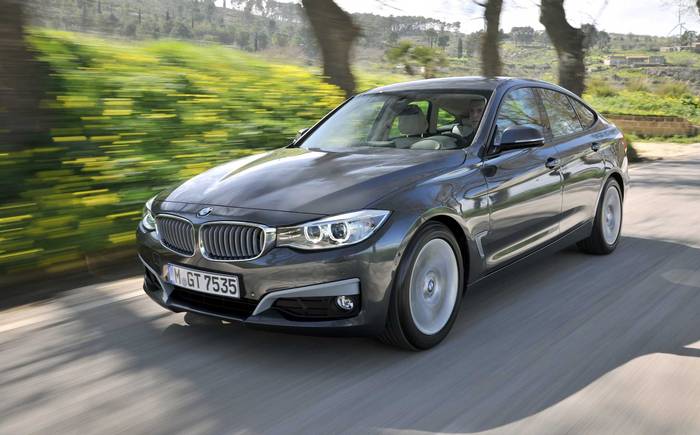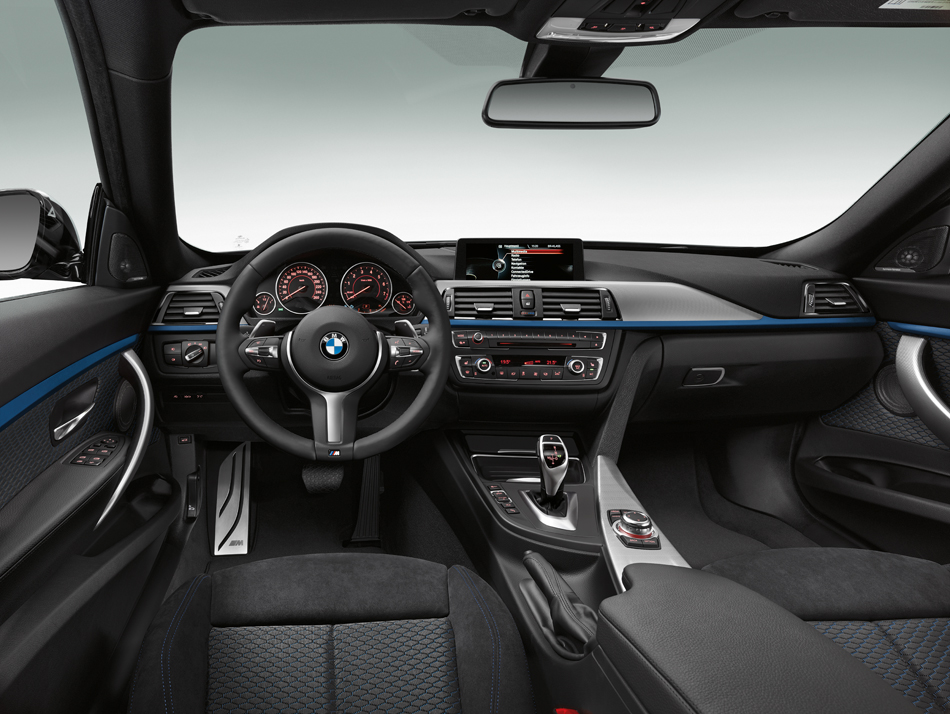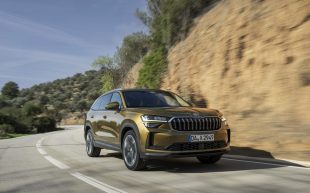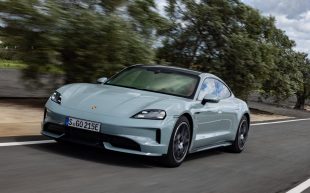BMW 3-series Gran Turismo F34 review (2013-on)
Unlike the 5-series Gran Turismo, the hatchback-cum-estate version of the 3-series has won us over

What is the BMW 3-series Gran Turismo?
You want a BMW 3-series but its saloon shape doesn’t offer the interior space and boot capacity you need for everyday tasks, while the estate version is just a little too utilitarian. The 3-series GT (Gran Turismo) may be your answer. Launched in spring 2013, it blends 3-series style with the practicality of a hatchback and the load-lugging capacity of an estate car.
To achieve this, the BMW 3-series GT is longer and taller than its saloon sibling, so it’s not simply the 3-series with a reworked roofline. In fact, it’s fundamentally different. But don’t worry; the model’s class-leading driving experience remains intact. Our report on what it’s like behind the wheel can be found below but (spoiler alert), unlike the 5-series GT, the 3-series GT is a surprisingly well-engineered fusion of styles. It’s also not horrible to look at, unlike its bigger GT cousin in the class above.
Search for and buy a used BMW 3-series GT on driving.co.uk
Eight engines are available – three petrol versions represented by the four-cylinder 320i and 328i and the range-topping six-cylinder 335i, plus five diesels: 318d, 320d, 325d, 330d and 335d. BMW’s xDrive four-wheel drive is available on the 320i, 330d and 335d.
There are four trim levels starting with SE and moving up through Sport, Modern and Luxury, plus an M Sport package that includes bespoke aerodynamic and suspension parts on top of a unique trim package.
The drive
Despite its restrained styling, the rear-wheel-drive Gran Turismo is fun to drive, particularly with the M-Sport adaptive suspension package fitted. Point its nose into a corner and it’ll steer faithfully and obediently, even at speed, with zero sign of understeer (where the front end wants to carry straight on, rather than turn) and limited body roll.
The dynamic stability control system prevents any loss of traction and inspires confidence in poor weather. This can be turned down using the Drive Performance Control settings, which come as standard on all models. Venturing from Eco Pro or Comfort modes into Sport or Sport+ incrementally sharpens the steering, throttle response and gearing (should you have the excellent eight-speed automatic transmission). However, even Sport+ restricts wheelspin; to switch it off completely you need to hold down the traction control button for a few seconds.
Most owners will be glad of BMW’s efforts to reign in the car’s performance. It’s quite easy to get the back end sliding in the more powerful models, particularly in wet conditions, and the stability and traction control systems are amazingly effective at preventing a rearward excursion into a ditch.
There is some bad news, though: we found the suspension crashes quite badly over potholes (that is to say, a nasty “clunk” reverberates through the chassis), which is unusual for a BMW. Also, compared with the saloon, the overall sharpness of the drive has been toned down to suit long-distance cruising.
The interior
Since the Gran Turismo is longer and taller than the standard 3-series, you won’t be surprised to learn that there’s more space on the inside. The difference has to be seen to be believed. Rear passengers now have acres of room, for example. Even more impressive is the car’s appetite for large loads with the rear seats folded flat. The GT’s official maximum capacity is 1600 litres, the same as a Volvo XC70 estate. In practical terms, and thanks to its far-forward top hinge and wide opening, it meant we were able to slip a chest of drawers and other bits of furniture into the back with ease. If you’re a 3-series saloon owner and have ever needed to do this, take note.
As standard on the entry-level SE model are such luxuries as dual-zone air-conditioning, Bluetooth and USB connectivity, an automatic (push button to open/close) tailgate and a 6.5in colour screen with iDrive. We really like BMW’s iDrive infotainment system; it may take a bit of getting used to but trust us, it’s hard to beat.
The cabin is typically well-finished. While it’s nowhere near as luxurious as a 5-series, basic it is not, while from a practicality standpoint, it is generally well thought out. If there’s a niggle, it’s that we had no idea what we were supposed to do with the removable tray that covers the cupholders in the centre console. There is apparently no cubby hole especially designed for it to be popped into. It could be stored in the glovebox but that’s a bit of a stretch across the car, so in the end we just placed the cover on the passenger seat until our beverage had been drunk. It’s a small thing but it seemed a strange oversight given just how well thought through is the rest of the GT’s design.
A last grumble: this vertically over-endowed tester found the GT’s seat a little uncomfortable after a while, no matter how it was adjusted. Potential buyers over 6ft 2in tall would be advised to take the car for an extended test drive.
The one to buy
BMW 3-series Gran Turismo 320d M Sport Auto
Specification
- Engine:
- 1995cc, four cylinder turbodiesel
- Power:
- 184bhp @ 4000rpm
- Torque:
- 280 lb ft @ 1750-2750rpm
- Transmission:
- 8-speed semi-auto
- Acceleration:
- 0-62mph in 7.9sec
- Top speed:
- 140mph
- Fuel:
- 56.5mpg
- CO2:
- 131g/km
- Road tax band:
- E
- Dimensions:
- L 4824mm, W 1828mm, H 1489mm
BMW 3-series Gran Turismo rivals
- Jaguar XF Sportbrake (Check Jaguar XF Sportbrake used car prices on driving.co.uk)
- Audi A7 Sportback (Check Audi A7 Sportback used car prices on driving.co.uk)
- Mercedes E-class estate (Check Mercedes E-class estate used car prices on driving.co.uk)





